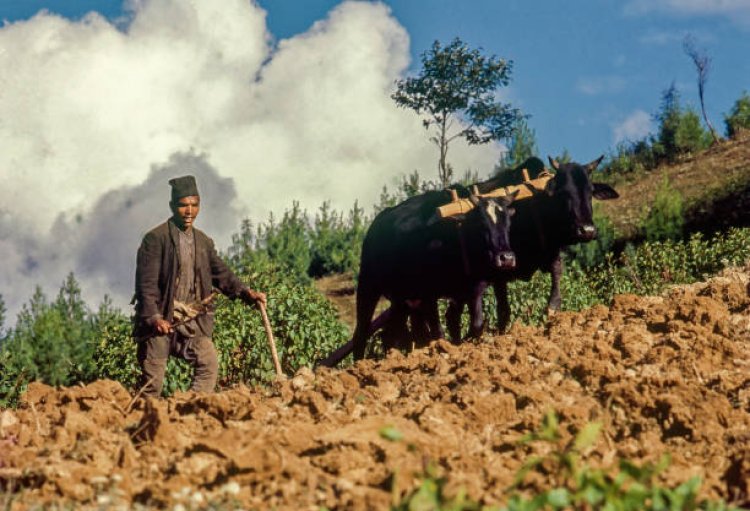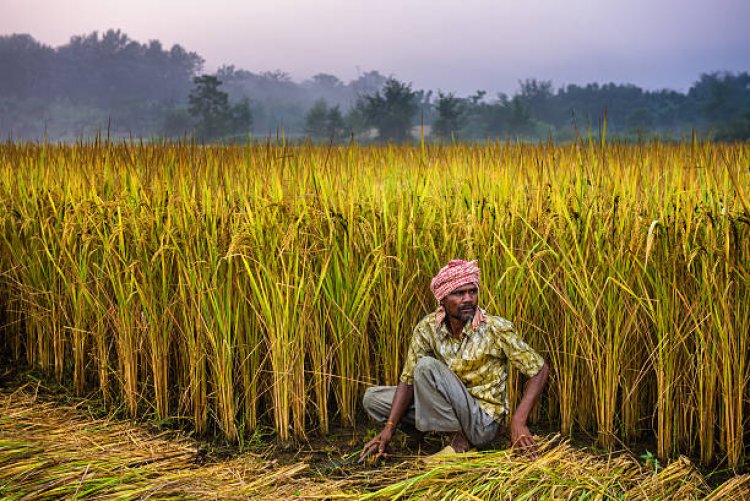Nepal's Agricultural Paradox: Unveiling Challenge
Explore the hurdles hindering agriculture in Nepal, a country known for its agricultural potential, as we delve into the complexities of its farming landscape.
Introduction:
Nepal, often dubbed as an agricultural country, boasts a rich history of farming traditions that date back centuries. The nation's diverse climate and topography should ideally make it a haven for agriculture, with fertile plains, rolling hills, and towering mountains. Yet, despite its agricultural potential, Nepal faces numerous challenges that hinder the sector's full potential. From the terraced fields of the Himalayan foothills to the lush valleys of the Terai, Nepal's agricultural landscape is both diverse and complex, offering a multitude of opportunities and obstacles. In this article, we will delve deeper into the intricacies of Nepal's agricultural paradox, exploring why this nation, with its deep-rooted farming heritage, has not fully realized its agricultural promise.
Geographical Constraints:
Nepal's challenging terrain not only limits arable land but also exacerbates the risk of soil erosion and landslides. This poses a significant challenge for large-scale farming, as farmers must contend with the constant threat of land degradation. As a result, soil conservation and erosion control measures become crucial components of sustainable agriculture.
Traditional Farming Practices:
While traditional farming methods have cultural significance, they may not be well-suited to meet the demands of a growing population. Farmers often lack access to modern agricultural tools, which hinders their ability to increase productivity. Transitioning to more efficient and sustainable farming practices requires not only access to technology but also education and training programs to ensure successful adoption.
Limited Access to Resources:
Erratic rainfall patterns and inadequate irrigation systems are compounded by the difficulties farmers face in accessing quality seeds, fertilizers, and pesticides. Addressing these resource constraints necessitates not only improvements in irrigation infrastructure but also initiatives to ensure that farmers have access to essential inputs at affordable prices.
Fragmented Landownership:
The small, fragmented land holdings prevalent in Nepal impede economies of scale and make it challenging to adopt mechanized farming practices. To address this, land consolidation and cooperative farming models can help maximize land use efficiency, increase productivity, and enable farmers to access credit and modern equipment collectively.
Climate Change :
Nepal's vulnerability to climate change-induced weather extremes requires adaptive strategies. This includes the promotion of drought-resistant crops, the development of early warning systems, and investment in climate-resilient farming practices such as terracing and agroforestry.
Lack of Education and Training:
Insufficient access to modern farming knowledge is a significant hurdle to innovation and productivity enhancement. Extension services and training programs that impart knowledge on sustainable and modern farming techniques are essential to bridge this knowledge gap.
Market Access and Infrastructure:
Inadequate transportation and storage facilities are not only detrimental to farmers but also affect consumers by reducing the availability of fresh produce. Investing in rural infrastructure, including roads and cold storage facilities, can help reduce post-harvest losses and improve market access for farmers.
Political and Economic Instability:
Periods of instability can disrupt investment and hinder the implementation of long-term agricultural development plans. Political stability and consistent economic policies are crucial for attracting investment and ensuring a supportive environment for agriculture.
Lack of Government Support:
Government support, including policies that facilitate access to credit and incentives for agricultural research and development, is fundamental. A coordinated effort from the government is necessary to create an enabling environment for the agricultural sector to thrive.
Migration to Urban Areas:
Addressing rural-to-urban migration requires initiatives that make agriculture an attractive livelihood option for the younger generation. This may involve providing better access to education, healthcare, and infrastructure in rural areas and offering incentives for youth engagement in farming through programs such as youth agricultural cooperatives.
Conclusion:
By acknowledging and addressing these challenges comprehensively, Nepal can unlock the potential of its agricultural sector and ensure food security, economic growth, and improved livelihoods for its rural population. Collaboration among government agencies, non-governmental organizations, and the private sector is vital to develop and implement effective solutions to these complex issues.
What's Your Reaction?






































































































